Antiques are very valuable. They not only reflect the wisdom of ancient people but also serve as evidence for modern people to learn about the past. It is very difficult for ordinary people to distinguish the authenticity and value of antiques. Some people are lucky enough to discover antiques but do not know their true value and consider them as ordinary objects.
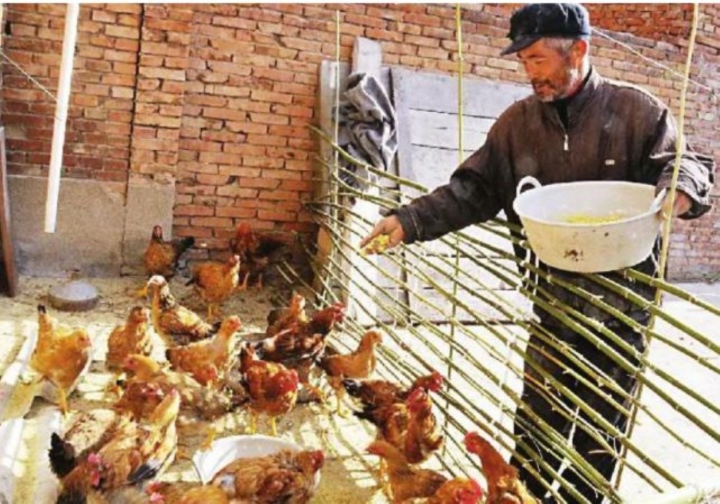
Thinking it was a normal object, the old man brought it home to use as a chicken feed jar. (Source: NetEase)
In 1957, in Taiping Village, Hua County, Shaanxi Province, China, a farmer named Yan Siyi accidentally discovered something grayish-black and oddly shaped on the ground while plowing his field. Upon closer inspection, he realized that it was a ceramic jar shaped like a bird.
Thinking that the jar was still usable, he took it home and used it as a chicken feed bowl. Little did he know that the jar was actually a first-class cultural relic. A year after finding the jar, a team of archaeologists discovered the Yangshao Culture site in nearby Quanhu Village, Hua County.
The old man then suddenly remembered the ceramic jar he had picked up a year ago. He thought to himself, Thai Binh village was near Tuyen Ho village, and archaeologists were investigating nearby, so he might as well bring the ceramic jar there and ask the experts to look at it.
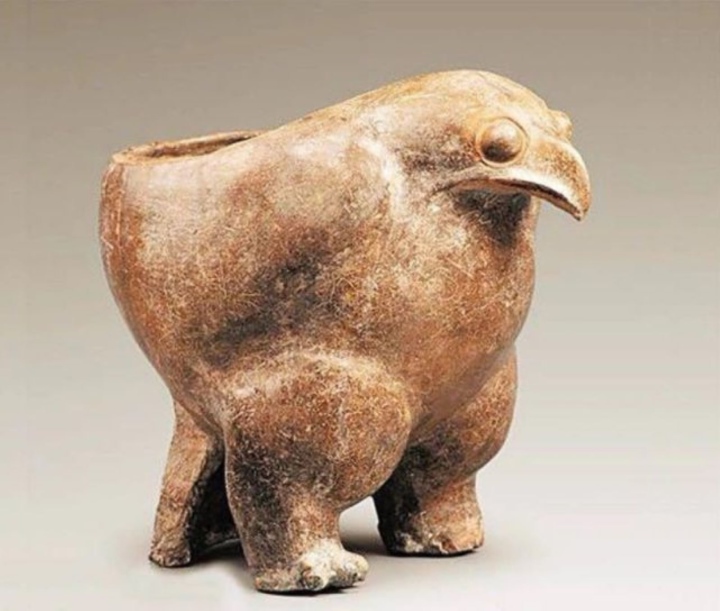
Ceramic jar in the shape of a bird. (Source: NetEase)
He brought the ceramic jar to the archaeologists and told them about the process of finding this object. After careful examination, the experts confirmed that it was the Dao Ung Dinh from the Neolithic period.
The Dao Ying Ding has a simple appearance of an eagle, 35.8 cm high, 23.3 cm in diameter. After knowing that it was a precious treasure, the old man was extremely surprised and immediately handed the Dao Ying Ding back to the archaeological team.
Thanks to that, this relic is known to many people, and is currently stored and protected in the National Museum of China.
Thu Hien (Source: NetEase)
Useful
Emotion
Creative
Unique
Source























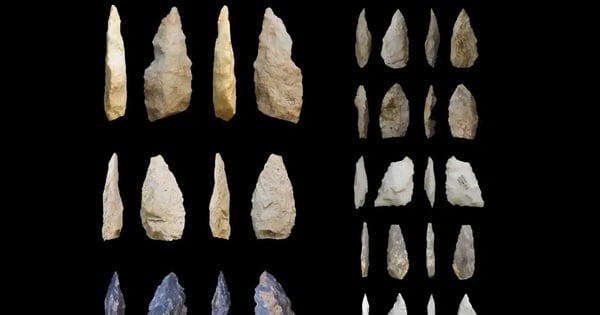

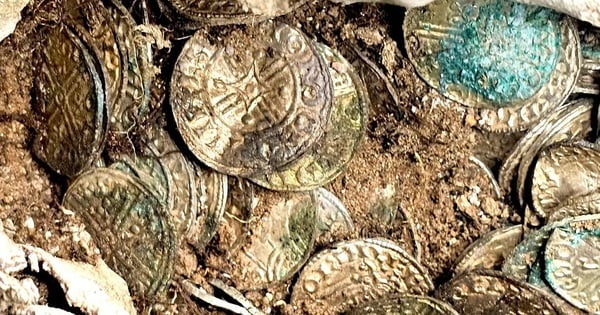

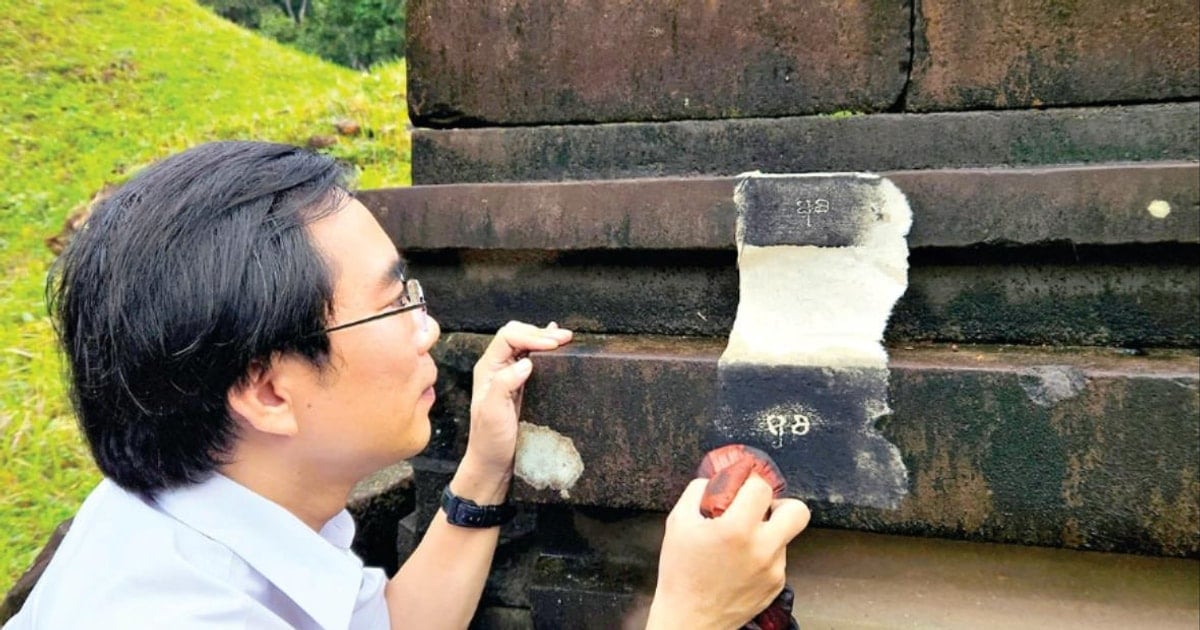
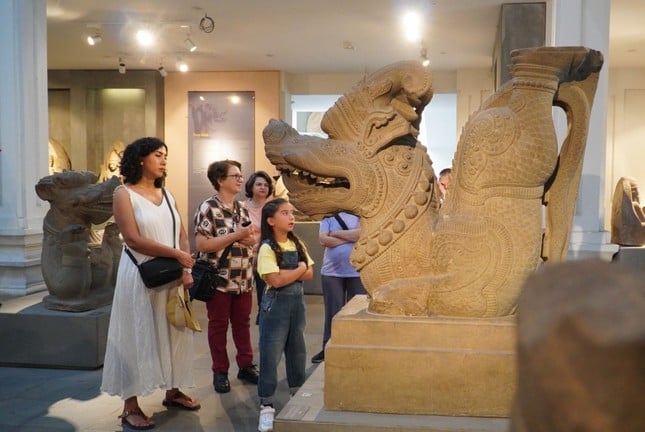





























Comment (0)